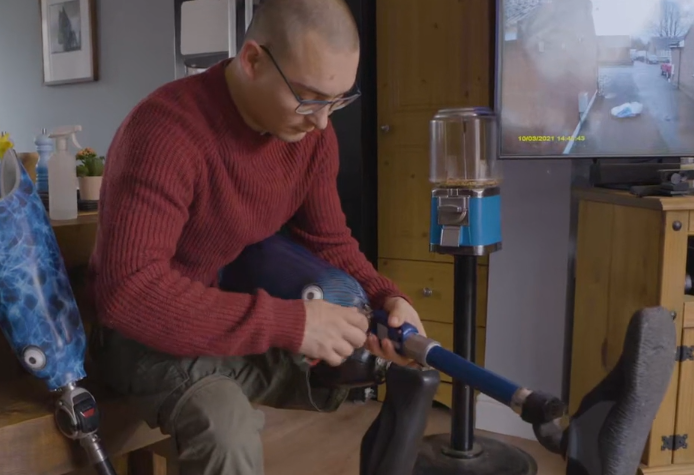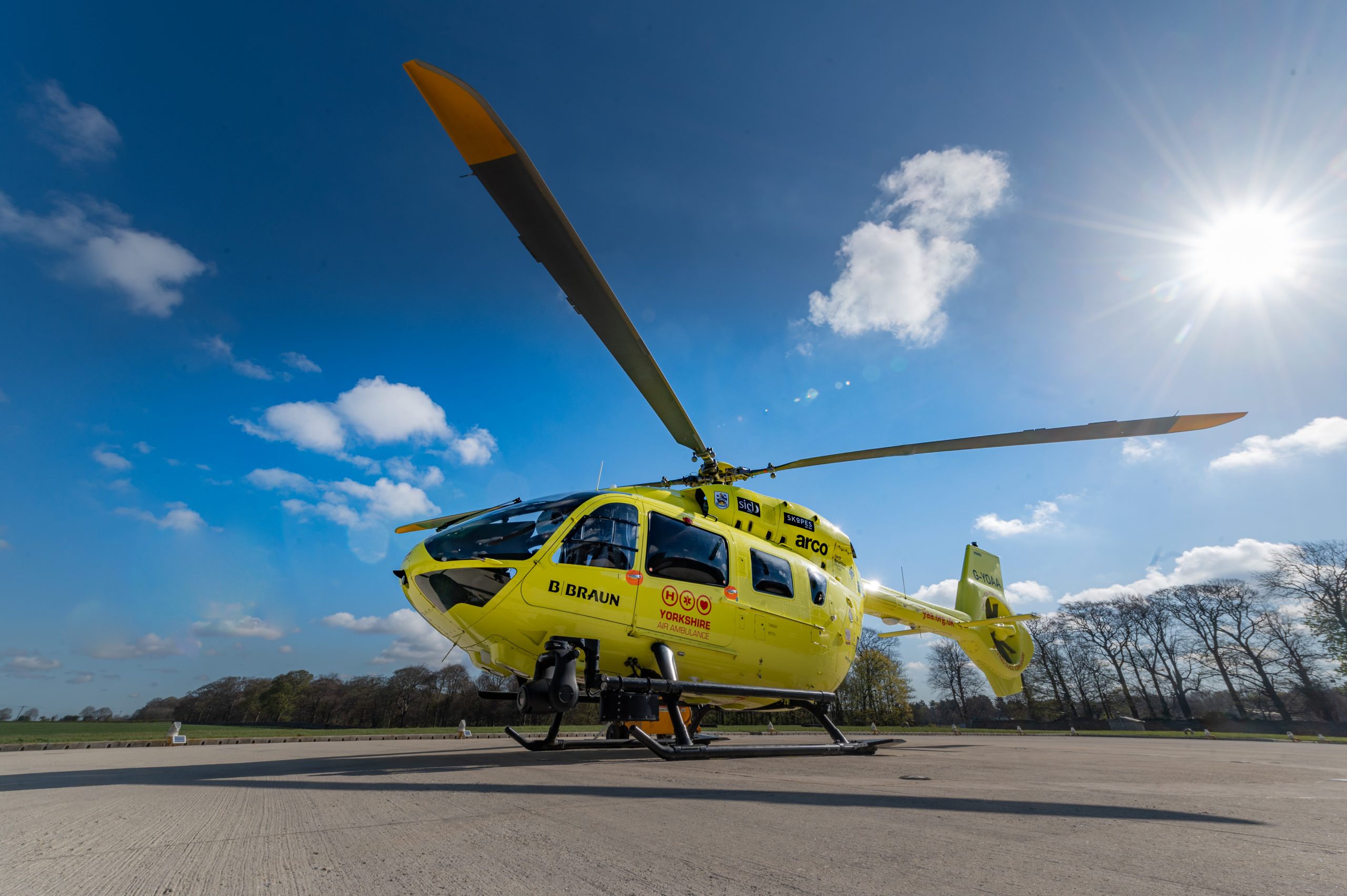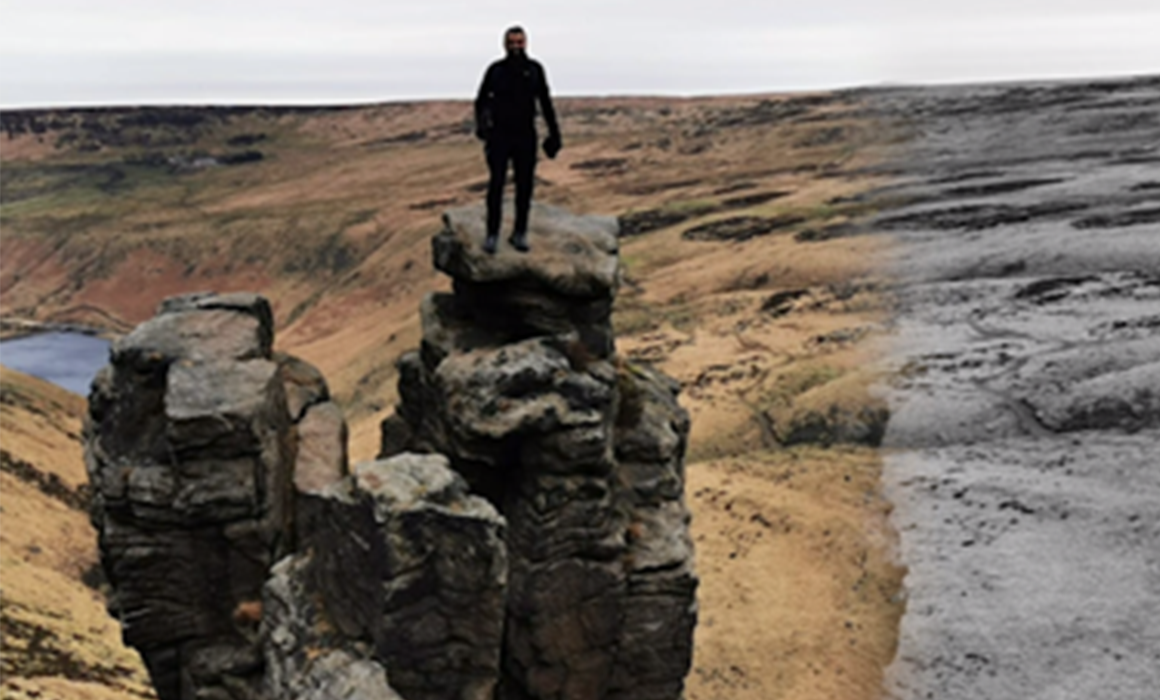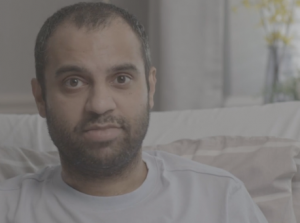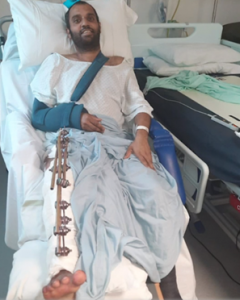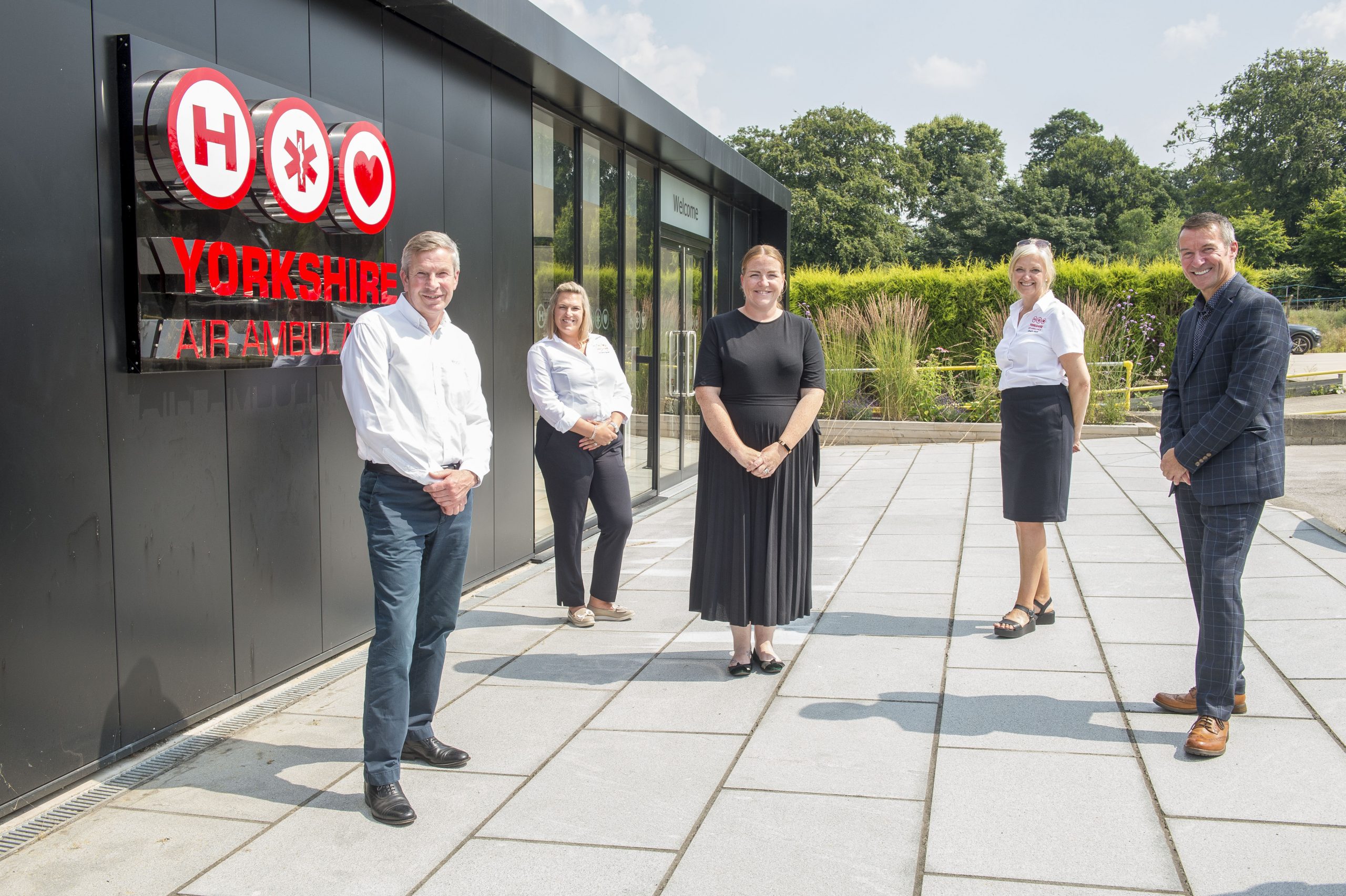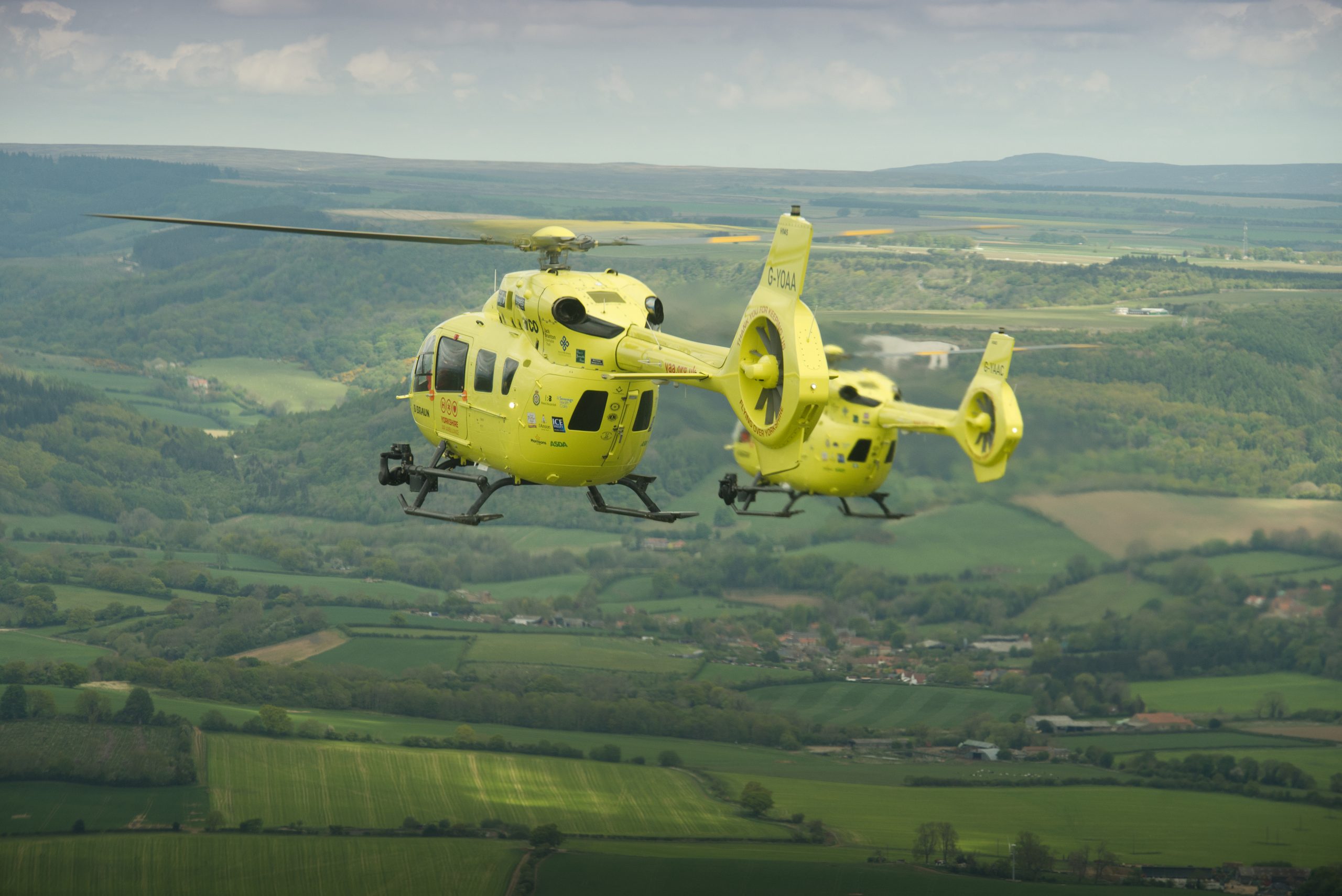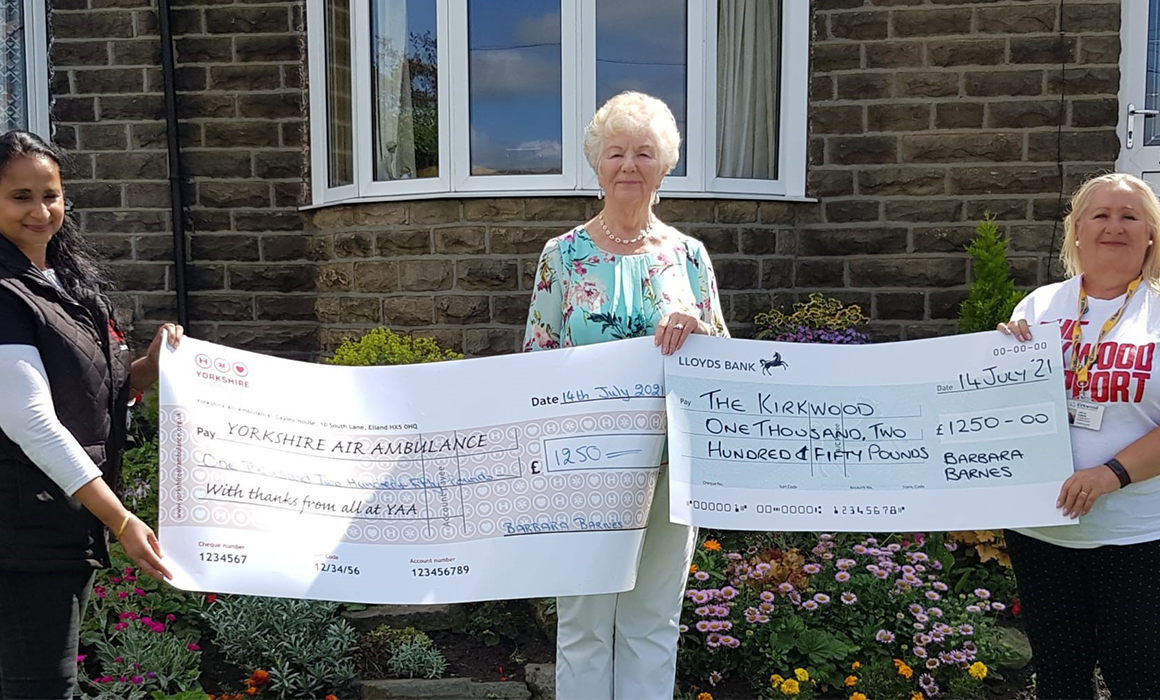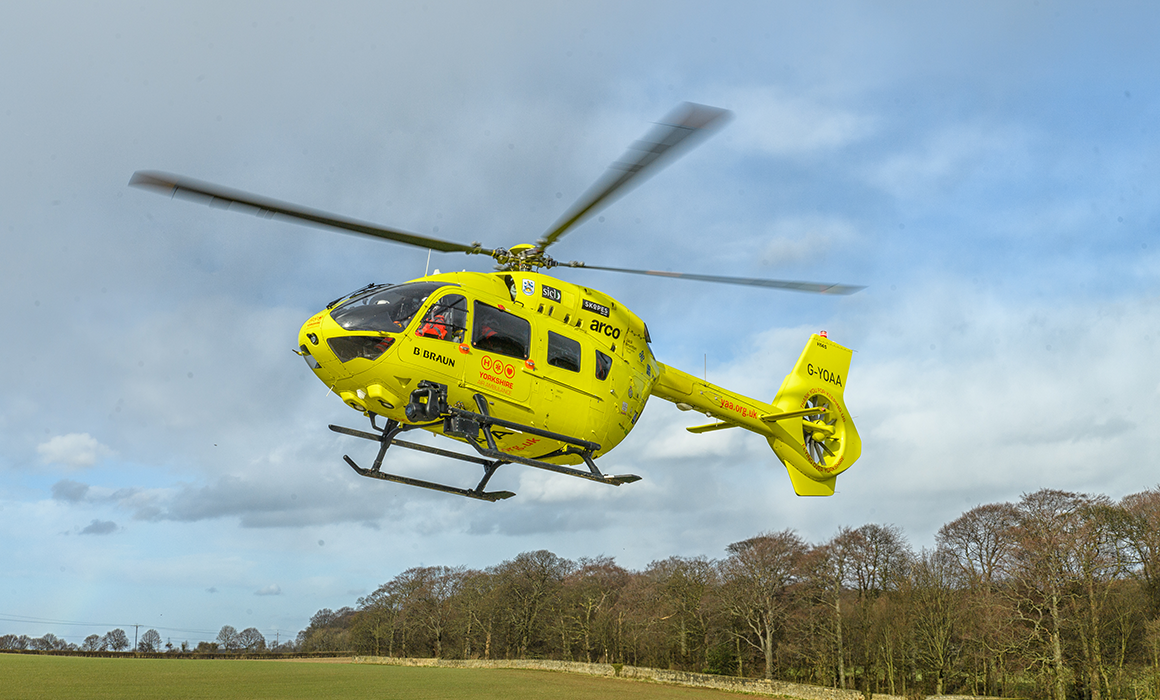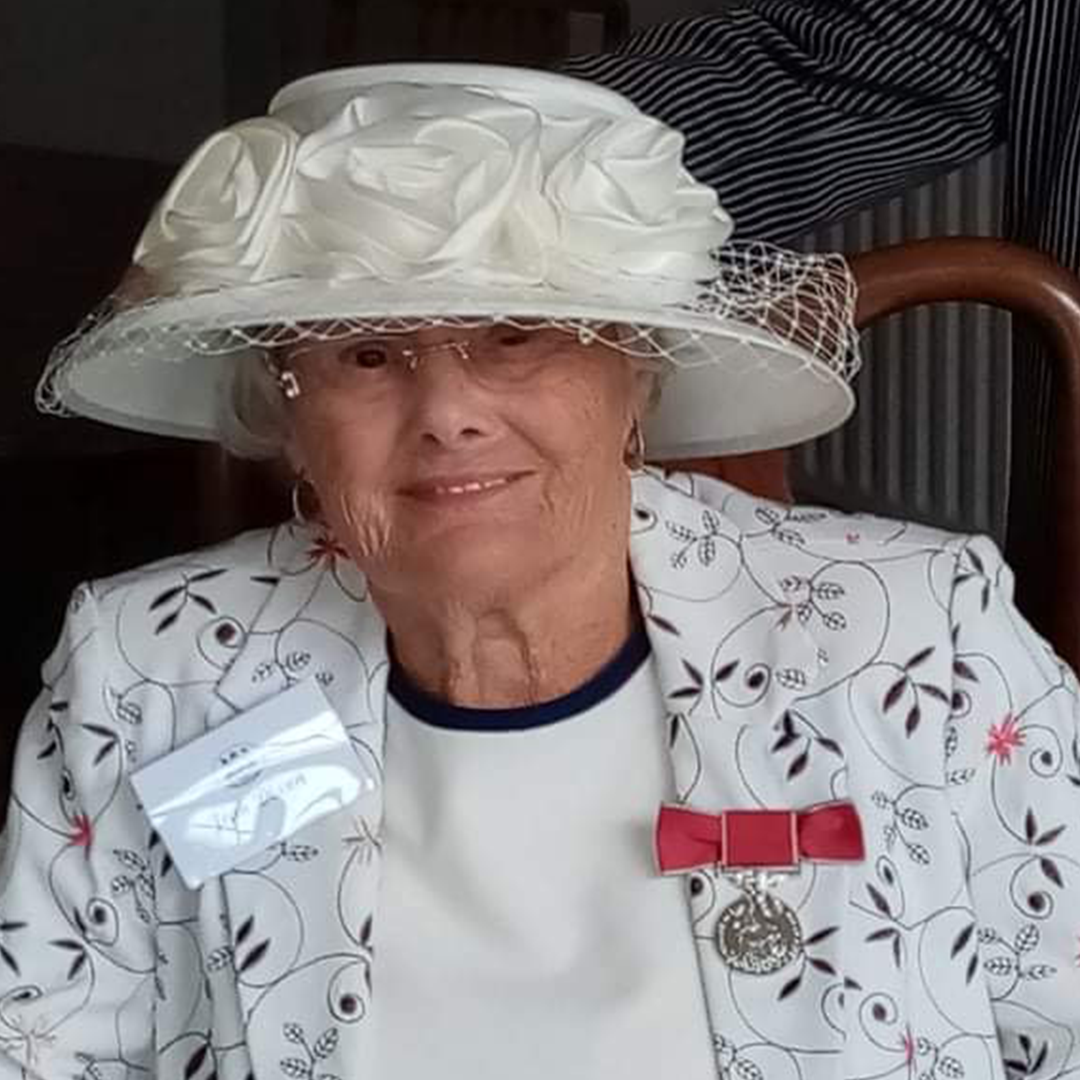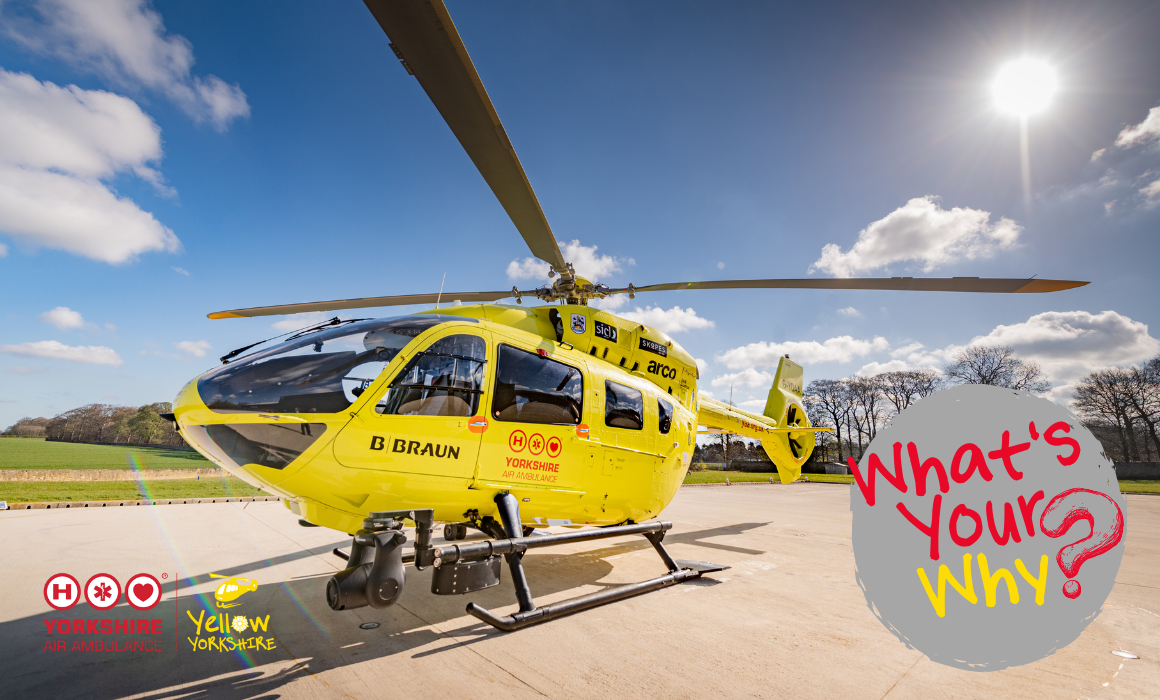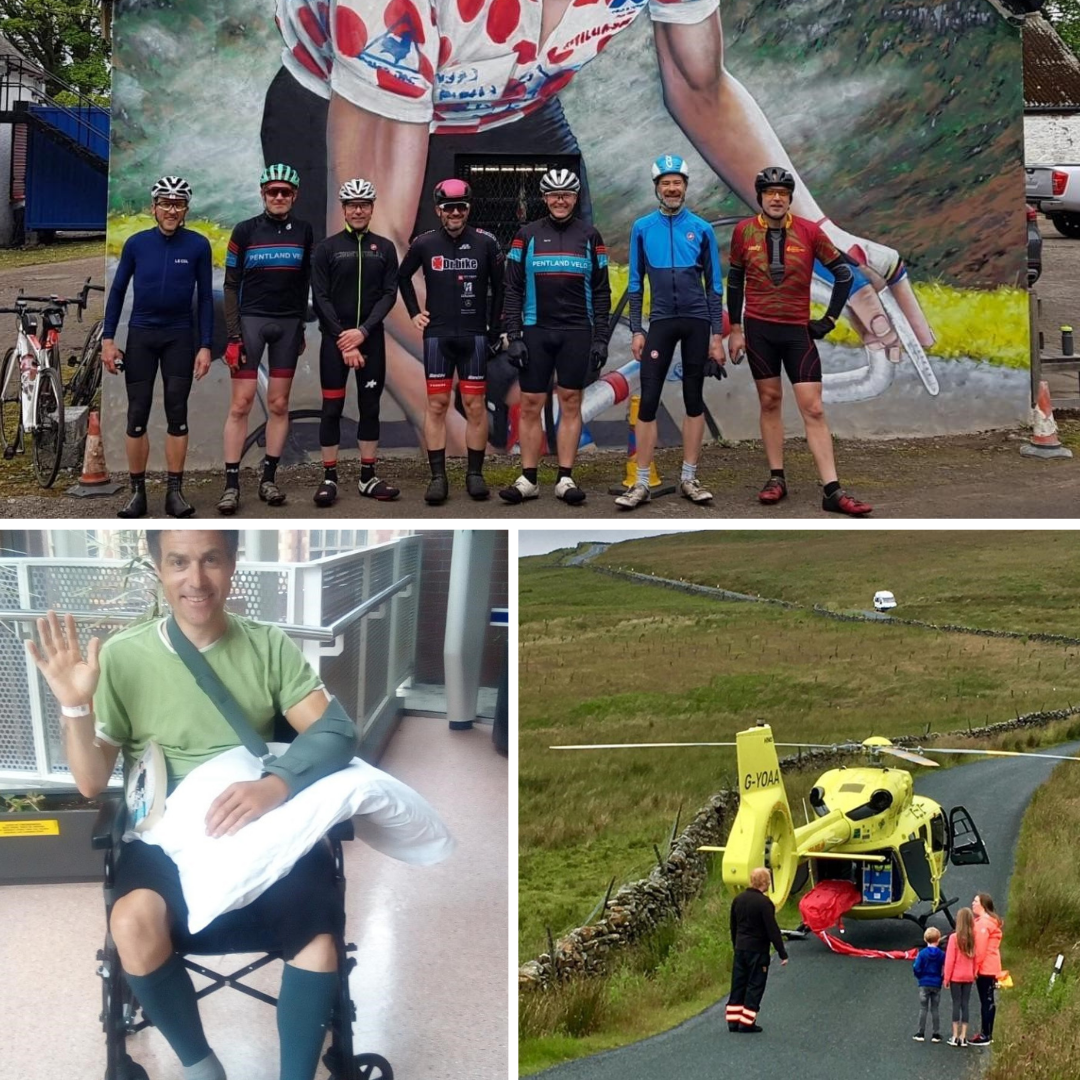Multiple organisations across Yorkshire have joined forces to encourage people across the entire region to learn about the dangers of open water swimming, after recent hot weather has led to a spate of tragic water incidents on beaches and in lakes, rivers, reservoirs and canals.
Due to extremely hot temperatures in the last few weeks, people have been looking for ways to cool off, often choosing to go for a swim in the various water bodies across Yorkshire. Unfortunately, many people have little or no experience in open water and don’t realise the dangers so quickly find themselves getting into difficulty.
In response, 30 organisations in Yorkshire have come together for the first time to really drive home the importance of being water wise and understanding how to be safe in and around water. All Fire and Rescue Services, Police forces and Local Resilience Forums across Yorkshire, together with several Local Authorities, Yorkshire Water, Yorkshire Air Ambulance, Yorkshire Ambulance Service, the Environment Agency, Canal & River Trust, HM Coastguard, the RNLI, the Royal Life Saving Society UK (RLSS UK) and Outdoor Swimming Society are backing a campaign to increase awareness of the dangers of open water swimming for inexperienced people.
Dave Walton, Deputy Chief Fire Officer for WYFRS and co-Chair of West Yorkshire Prepared, said: “Unfortunately, as many people will have seen in the news, there has been a marked increase in the number of tragic water incidents recently, which have required the assistance of emergency services across Yorkshire. Sadly, in most cases, these incidents would have been preventable if more people were aware of the multitude of hazards when entering open water bodies such as lakes, reservoirs, canals, rivers and the sea.”
Since last summer, there have been at least 180 inland water incidents across Yorkshire, 18 of which resulted in fatalities. Nationally, in just 10 days (from 10th to 20th July 2021) there were 10 coastal deaths. Knowing and understanding the hazards of open water – both inland and at the coast – could help to drastically reduce the number of people who get into difficulty each year. Some key messages to remember when entering open water, are:
- Do not drink and dive – Alcohol and swimming do not mix! Alcohol badly affects judgement, swimming ability and body temperature
- Stick together – whether they swim with you or watch from the shore, always make sure you have someone with you who can call for help if you get into difficulties. Always keep an eye on non-swimmers and children, even in shallow areas as they may unexpectedly drop off steeply.
- Read the signs – Literally, read the signs! If the landowner has put signage up saying the water isn’t safe to enter please take notice. There could be dangerous currents, obstacles or poor water quality, even if it looks okay on the surface.
- Acclimatise – cold water shock kills – As hot as it may be on land, water bodies in Yorkshire remain very cold all year round. Jumping or diving into cold water can cause a gasp reflex, which may cause you to inhale water, followed by rapid breathing (hyperventilation) which can lead to panic and possibly drowning. Paddling/wading gives your body the chance to adjust to the temperature and helps reduce the risk.
- What lies beneath – Unexpected obstacles, machinery, strong rips or currents and hidden depths are all dangers to experienced and non-experienced swimmers alike.
- If in doubt, stay out – if you’re at all unsure of the water temperature, depth or quality, or don’t know if there are hidden dangers (e.g. obstacles, currents), don’t risk it. Swim at a lifeguarded area instead.
When swimming at the coast, choose beaches with lifeguards, adhere to local warning flags and signs and make sure you are aware of tide times. If you get caught in a rip current in the sea, don’t try to swim against it – instead, follow the RNLI’s Float to Live advice.
Nick Ayers, Regional Water Safety Lead at the RNLI, said: “If you do decide to go swimming – whether in open water or at a swimming pool – and end up getting into difficulty, the simplest but most important advice is Float to Live. Fight your instinct to thrash around. Lean back and extend your arms and legs. Float until you can control your breathing. Only then, call for help or swim to safety.
“If you see someone in trouble in the water, call 999 or 112. If you’re at the coast, ask for the Coastguard. If you’re inland, ask for the fire service.”
“For those keen to take part in open water swimming, there are many local outdoor swimming clubs and groups who can offer advice on the safest way to take part in the activity. The Outdoor Swimming Society offers support and access to networks for anyone wanting to take part – www.outdoorswimmingsociety.com.”
The Royal Life Saving Society UK (RLSS UK) also has a raft of information available on their website – www.rlss.org.uk/dpw – including important water safety lessons, resources and toolkits for children and families, which are all free to access.
RLSS UK’s Charity Director, Lee Heard, said: “As tempting as it may be to go for a quick dip on a hot day, open water swimming can be dangerous even for the most experienced swimmers due to a multitude of hazards. If you’re at all unsure, the best advice is to stay out of the water or find a swimming area with lifeguards.”
Matt Syrat, Clinical Operations Manager for Yorkshire Air Ambulance, said: “We have recently been involved with an unprecedented amount of incidents where someone has gotten into trouble whilst swimming in Yorkshire’s water areas. This, unfortunately, has resulted in tragic consequences from situations that could have often been prevented just by people being aware of the serious dangers some of these locations present”
Water safety messages will be shared throughout summer using #WaterWiseYorkshire and we urge everyone to take notice of them and share with friends and family, to ensure as many people as possible know how to stay safe in water so we avoid further tragedies. Please visit the organisations’ websites or follow them on social media for updates.
Ends
Issued on behalf of West Yorkshire LRF, West Yorkshire Fire and Rescue Service, West Yorkshire Police, North Yorkshire LRF, North Yorkshire Police, North Yorkshire Fire and Rescue Service, South Yorkshire LRF, South Yorkshire Police, Humberside LRF, Humberside Fire and Rescue Service, Humberside Police, all five West Yorkshire Local Authorities, East Riding of Yorkshire Council, City of York Council, Rotherham Metropolitan Borough Council, Barnsley Metropolitan Borough Council, Yorkshire Air Ambulance, Yorkshire Ambulance Service, Yorkshire Water, Canal & River Trust, RNLI, Royal Life Saving Society UK, Welcome To Yorkshire, Outdoor Swimming Society, HM Coastguard and the Environment Agency.

